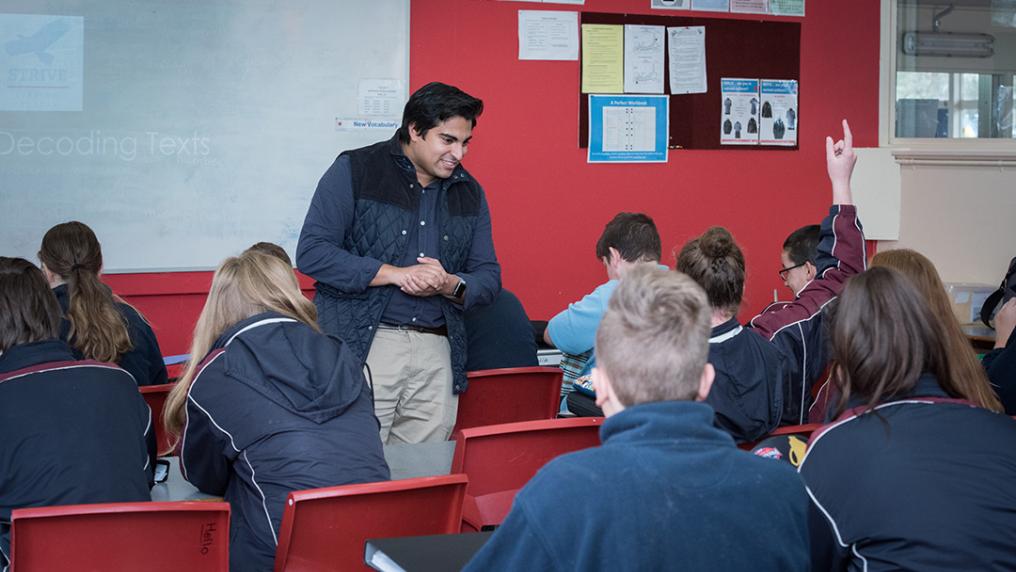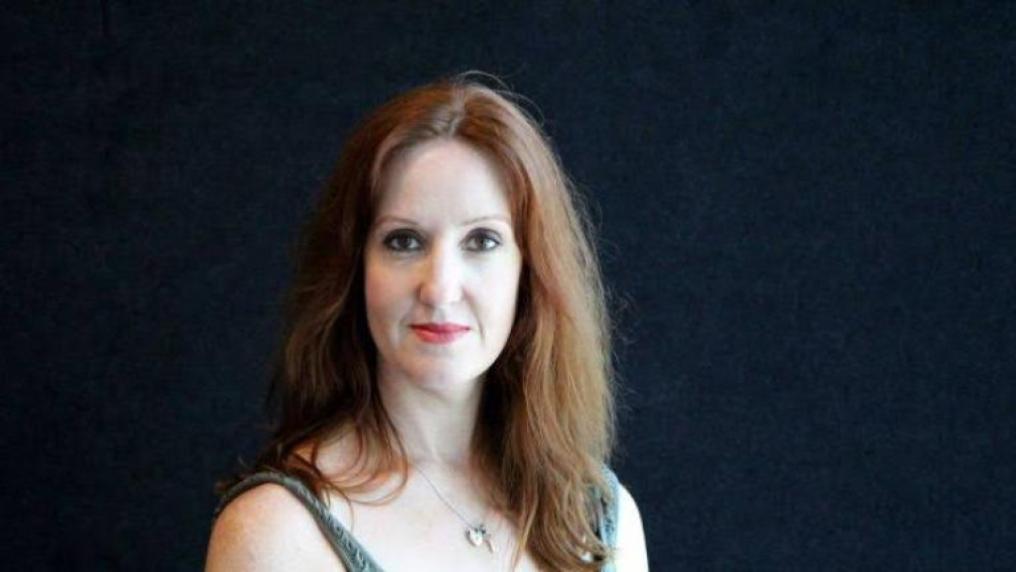Accessible early childhood education

World-leading research by the Mitchell Institute shows concerning gaps in childcare access across the country. This ongoing research continues to get the attention of parents and policy-makers.
This important work continues. We will soon be releasing a report into international childcare accessibility and how Australia compares to the rest of the world.
Mapping childcare availability in Australia – deserts & oases
The Mitchell Institute report Deserts and Oases: How accessible is childcare in Australia found that when it comes to accessing childcare, where you live matters.
The suburbs and regions where childcare access is most scarce, a childcare desert is defined as an area where there are more than three children per childcare place.
The report found there were deserts in all Australian states and territories, and in all capital cities; and 1.1 million Australians live in regional and remote areas where there is no childcare available at all.
Guiding policy decisions in Australia: the research findings featured prominently in the Victorian and NSW Governments announcements of over $15 billion extra funding to expand the early learning sector.
Latest developments: the Mitchell Institute team are working on an international childcare report, applying the childcare deserts and oases methodology to highlight childcare accessibility and inform policy decisions beyond Australia.
Media coverage
Daycare ‘deserts’ damage towns (Courier Mail, March 2024)
There were already two childcare centres on this street. The council tried to block a third one. (The Age, December 2023)
Mapping Australia’s childcare blackspots (ABC, June 2022)














